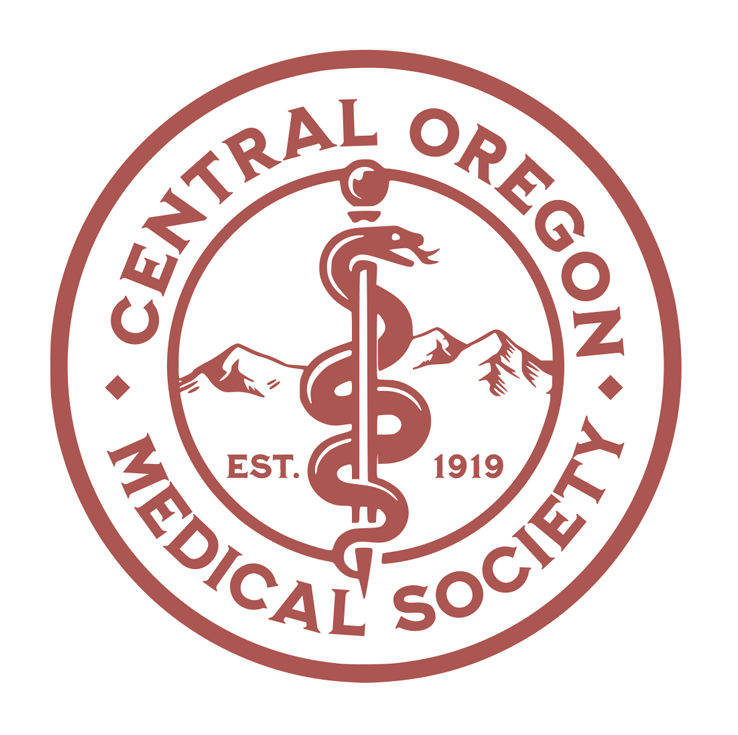Is your physician burned out? Stress of practice takes its toll on doctors and patientsby MARKIAN HAWRYLUK | markianhawryluk | The Bulletin | February 23, 2018
Report includes interviews of Mike Henderson, Matt Eschelbach, Fran McCabe and other COMS members
Tough industry
It’s hard for many patients to understand why their physicians are so unhappy. Doctors make good salaries, drive fancy cars and live in big homes. It is one of the most respected professions in the U.S., and its members are honored by being called doctor wherever they go.
But medicine has steadily become a more difficult industry. Physicians are expected to be nearly all-knowing and infallible, even as the collective volume of medical sciences increases at a breakneck pace.
An ever more costly health care system is rapidly evolving, spawning new payment and care delivery models. Government and private payers are demanding more data, more proof that what doctors are doing actually improves health care.
Studies have linked burnout to work processes inefficiencies, excessive workloads, work-home conflicts, organizational climate, and loss of control or autonomy. While doctors talk about the practice of medicine as an art as much as a science, the system is quickly converting doctors, nurses and other providers into highly educated and highly paid factory workers.
Health care systems count the number of patients seen and the number of procedures completed, rather than the number of patients whose health has improved. Doctors are expected to see more patients, providing better care at a lower cost, so they work longer hours. An AMA survey found that about 25% of doctors now have workweeks of more than 60 hours, compared to 11% in other professions. And according to researchers from the Mayo Clinic, every additional hour per week worked increases the risk of burnout by 3%. Each night and weekend on call increases the risk by 3%-9%. And every hour spent at home on work-related tasks … increases the risk by 2%. And doctors on the front lines in primary care, internal medicine or the emergency room have four times the burnout rate of other doctors.
Part of the problem is the way doctors are paid for treating patients. The reimbursement system is still mainly fee-for-service, where doctors get paid based on the number of procedures they complete. That prompts doctors graduating with an average of $225,000 in medical school debt and years behind other professions in buying a house or saving for retirement to pursue specialties that do more procedures. Primary care doctors, on the other hand, get paid less for evaluating and managing patients, and must overbook their daily schedule to maintain their salaries. The average salary is now $200,000 for primary care physicians and $300,000 for specialists.
Yet a recent survey found that only 25% of doctors were willing to take a salary cut to reduce the administrative burdens they say add to their stress. At the Pease Symposium on burnout in November in Bend, a physician wellness coach suggested doctors schedule patient-free days before and after vacations to ease the stress of taking time off. One doctor attending countered that they don’t make any money on days they don’t see patients.
To read the entire report, click title or here.
